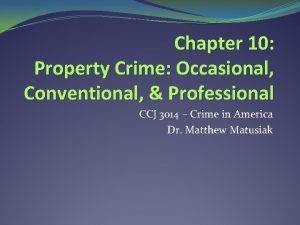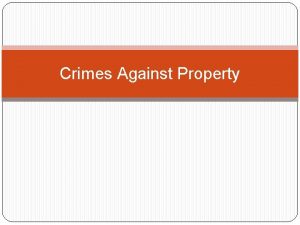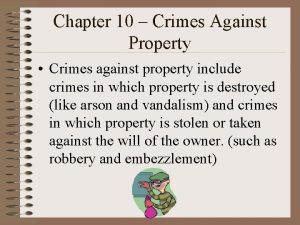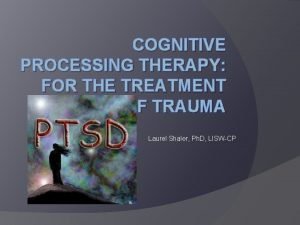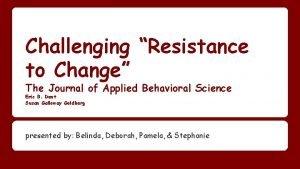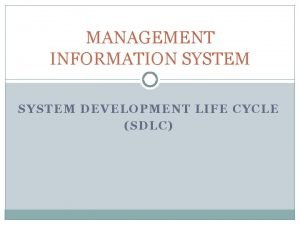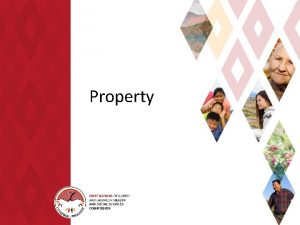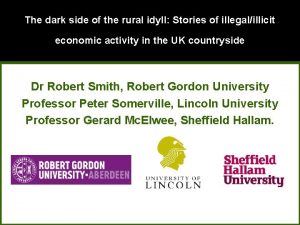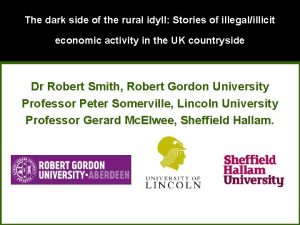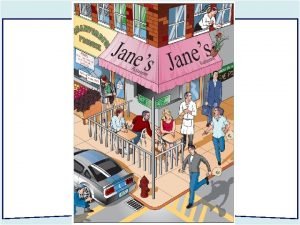Challenging the idyll Does crime affect property prices















- Slides: 15

Challenging the idyll: Does crime affect property prices in small towns? Vania Ceccato and Mats Wilhelmsson

Introduction • There is no novelty in saying that crime concentrates in urban environments. • Rural municipalities are often regarded as idyllic safe places; a retreat from the problems of big cities, including crime. • The problem is that far too often low crime rates in rural areas are taken as a sign of there being ‘no problem’, or that, just because fewer offences occur, crime does not affect people living there.

Literature review Source Case study Effect of crime on prices or rent Kain and Quigley (1970) St. Louis, USA No effect Thaler (1978) Rochester, New York, USA Negative Hellman and Naroff (1979) Boston, UK Negative Rizzo (1979) Chicago and Boston, USA Negative Dubin and Goodman (1982) Baltimore metropolitan area, USA Negative Tita et al. (2006) Columbus, USA Munroe (2007) Charlotte, NC, USA Lynch and Rasmussen (2001) Jacksonville, Florida, USA Bowes and Ihlanfeldt (2001) Atlanta, USA Negative Gibbons (2004) London, UK Negative Ceccato and Wilhelmsson (2011) Stockholm, Sweden Negative Ceccato and Wilhelmsson (2012) Stockholm, Sweden Negative Inconclusive Negative No effect/ Positive effect

Aim • The aim of this study is to assess whether crime, particularly burglary, affects property prices in a rural municipality.

Case study: Jönköping • The municipality has a housing market that is sufficiently large to allow a hedonic analysis of the impact of safety on property prices. • Although Jönköping can be classified as a middle large municipality in terms of total population in Sweden, with an important university, it is located geographically isolated from the three main urban Swedish centers: Stockholm, Gothenburg and Malmö. • The municipality has excellent transport communications but it is relatively distant from the main national urban centers. • In terms of safety, the number of reported crimes per 1000 inhabitants in Jönköping is lower than the national average, a typical characteristic of rural municipalities in Sweden.


16000 14000 Offence by 100 000 inhabitants 12000 10000 Sweden Jönköping municipality 8000 Theft - Jönköping Violence - Jönköping 6000 4000 2000 2001 2002 2003 2004 2005 2006 2007 2008 2009 2010 2011 2012 Figure 2 – Offences per 100, 000 inhabitants, Sweden total, Jönköping total, theft and violence rates. Data source, BRÅ (2013).

Hedonic modelling • Hedonic price modelling is traditionally used to assess property values and one’s willingness to pay for the property. • The price of a property reflects attributes associated with it, which can be of two types: – those related to the property itself and – those related to the environment in which the property is located. • Controlling: spatial dependency, endogeneity, outliers

Hypotheses 1. Residential burglary negatively impacts apartment prices after controlling for attributes of the property and neighborhood characteristics. 2. Residential burglary affects different market segments differently. Residential burglary will have a stronger negative effect on high-priced apartments regardless of year. 3. The effect of residential burglary on property prices varies over time. Property prices will be more negatively affected in areas that show higher increases in crime rates (changes).

Data • The estimation of the hedonic equation in this article is based on two cross-sectional data sets that include arm’s-length transactions of apartment sales in cooperative housing societies. • Using Geographical Information Systems (GIS), the apartment sales data have been merged together with land use, demographic and socio-economic data from Jönköping’s City planning office. • Crime data for 2005 and 2011 were provided by the Jönköping Police and contained the coordinates of each address.

Results (2011) Area Fee Room Top floor Road 50 m Water 50 m Dist. Jönköping Dist. Huskvar Age 40_64 Age 65_84 Age. Older_85 RBurgrate 11 Constant R 2 Moran’s I Coefficient. 8525 -. 235. 161. 027. 008. 406 -. 251 -. 051 -. 203 -. 340 -. 247 -. 230 14. 675. 697 20. 000 t-value 11. 38 -5. 03. 022 1. 24 0. 34 10. 50 -18. 20. 030 -6. 00 -8. 33 -. 5. 23 -3. 44 29. 73

Robust results (2011) Burglary 0 -0, 2 -0, 4 -0, 6 -0, 8 -1 -1, 2 -1, 4 -1, 6 -1, 8 -2 OLS IV Spatial lag Spatial Error

Conclusion 1. Residential burglary negatively impacts apartment prices after controlling for attributes of the property and neighborhood characteristics. • Findings show that residential burglary has a significant negative effect on property prices in Jönköping in 2011

Conclusion 2. Residential burglary affects different market segments differently. Residential burglary will have a stronger negative effect on high-priced apartments regardless of year. • The variable ‘burglary rates’ is slightly more significant in for upper quantile prices than for lower or mid quantiles.

Conclusion 3. The effect of residential burglary on property prices varies over time. Property prices will be more negatively affected in areas that show higher increases in crime rates. • The models based on change in crime rate as an explanatory variable produce a poor goodness of fit, the hypothesis of effect of residential burglary on property prices over time was only partially tested.
 Conventional property crime
Conventional property crime Crime against property
Crime against property Crimes against property examples
Crimes against property examples What i found challenging
What i found challenging Cpt stuck points examples
Cpt stuck points examples Challenging resistance to change
Challenging resistance to change Challenging behaviour scenarios
Challenging behaviour scenarios Hybrid text examples
Hybrid text examples Exciting, boring, dangerous, safe, interesting, challenging
Exciting, boring, dangerous, safe, interesting, challenging Zfinancial
Zfinancial Children challenging industry
Children challenging industry Periodic sentence
Periodic sentence Sdlc analysis phase
Sdlc analysis phase Dealing with challenging patients
Dealing with challenging patients Feasibility study phase of sdlc
Feasibility study phase of sdlc Commutative and associative properties
Commutative and associative properties
